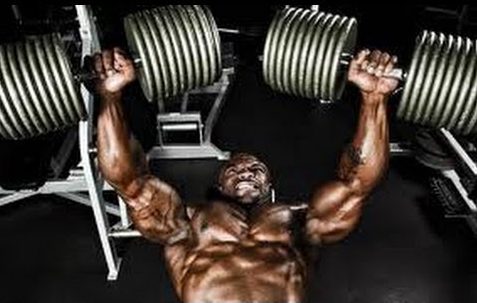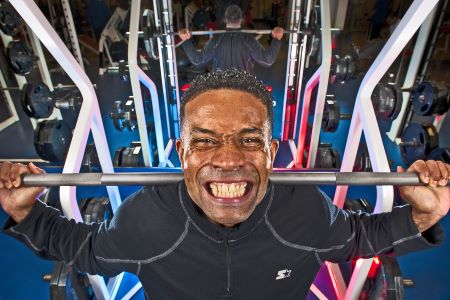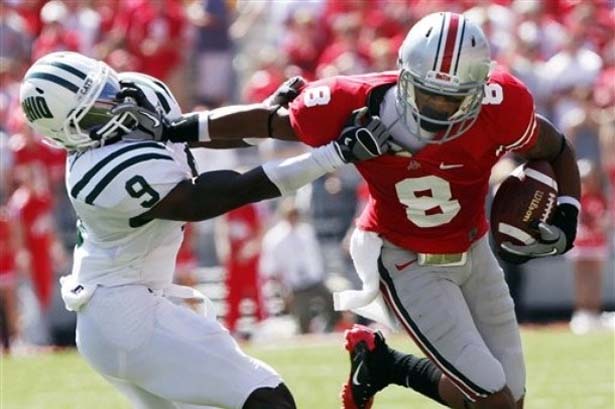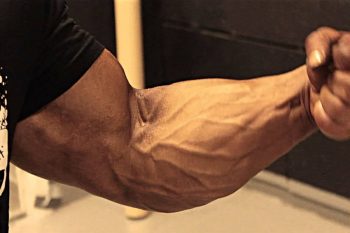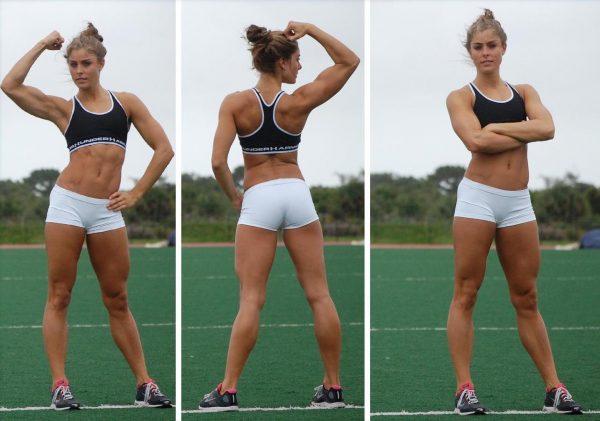It’s pretty safe to say that other than your legs, your back is one of the biggest and most difficult muscle groups to train. The back incorporates a massive amount of muscles and so ensuring you hit them all efficiently during a workout is essential.
This can sometimes be difficult as it’s nearly impossible to see your back while you are training and so your contractions are based purely on feel.
Due to there being so many separate muscles and such a vast selection of workouts, this often leads to many people having incomplete and inefficient back workouts.
Personally, when I train my back to ensure I hit every muscle, I sometimes start with the upper back and work my way down. Now, there is no perfect or standard way to go about organizing your exercises, however, if you find that you aren’t having effective workouts or that you’re not hitting everything correctly, this approach may work for you.
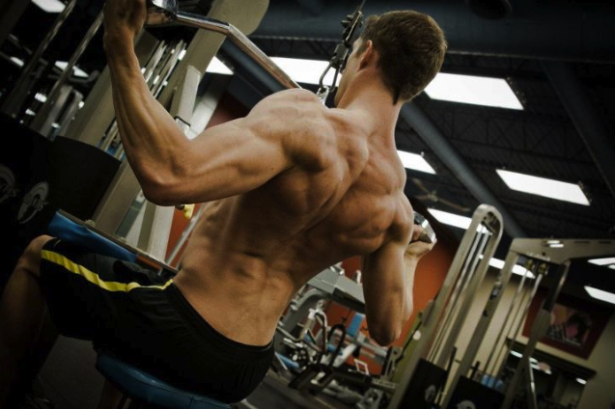
The Muscles of The Back
The back is a complex structure made up of several key muscles, each with specific functions. The latissimus dorsi, or “lats,” are the largest muscles in the back and are responsible for movements like pulling and lifting. The trapezius muscles, often referred to as “traps,” run from the neck to the middle of the spine and assist in lifting and rotating the shoulders. Rhomboids are located between the shoulder blades and help pull the shoulder blades together. The erector spinae is a group of muscles and tendons running along the spine, crucial for maintaining an upright posture.
Understanding these muscles is essential for effective back training. Different exercises target different areas, so a well-rounded workout plan is crucial for hitting all these key spots.
Training The Back
Now lets get to one of the bigger issues when it comes to back training.
Your ego and your form. Too often you will see people throwing around massive weight on back day, screaming and grunting, yet they never actually improve nor build any quality muscle. If your goal is to build a solid and detailed back, it’s time to leave your ego at the door! Building muscle isn’t about how much weight you can lift, it’s how effective and efficient you lift.
Quality and controlled reps build muscle. It is extremely important to ensure that you are using perfect form especially during major lifts as the possibility for injury is much greater.
A great way to make sure you are using proper form is to pick a lighter weight and go through slow and controlled reps, squeezing the muscle hard at the peak of each contraction, and incorporating a slow negative at the end of each rep.
This form of training is far superior to just moving massive weight with terrible form for 1 rep. It’s all about smart training. Here is a great example using the upper-to-lower-back approach listed above:
Warm-Up: Body Weight Pull-Ups
Exercise 1: Lat Pull Downs superset with Pull Downs Behind the Neck
Exercise 2: T-Bar Row
Exercise 3: Lat Pullover
Exercise 4: Chest Supported Dumbbell Row
Exercise 5: Snatch Grip Deadlift
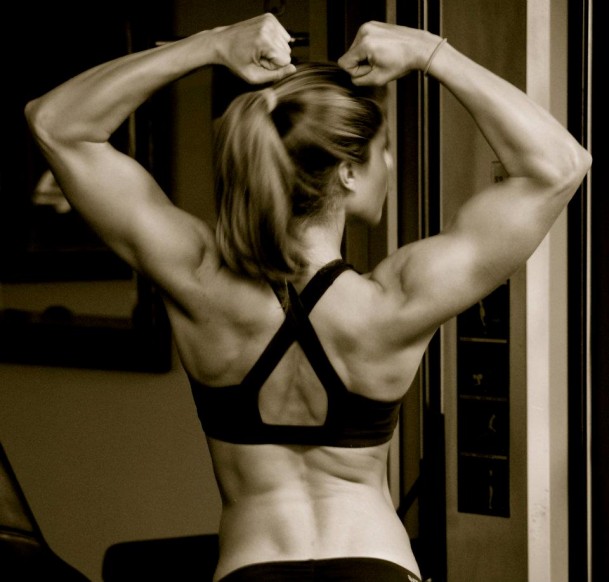
Extra Tips For Building Back Muscles
1. Focus on Big Lifts First: When you hit the gym, start with heavy-hitting compound movements like deadlifts or pull-ups. These exercises activate multiple muscle groups at once, so you’re not just working your back but getting a full-body workout. Plus, these big lifts really help in adding that sought-after thickness to your back.
2. Experiment with Grips: Different grips hit different parts of your back. So go ahead and mix it up. Use an overhand grip for some exercises and an underhand for others. Wide grips are great for targeting the upper lats, while close grips focus more on the lower lats and middle back. Changing it up keeps your workouts fresh and hits all the angles.
3. Reps Matter, But So Does Variety: While it’s tempting to stick to one rep range, say 10-12, it’s beneficial to change things up. Incorporate sets with lower reps and higher weights to build power and sets with higher reps and lighter weights to focus on endurance and muscle definition.
4. Form Over Ego: It’s not about how much weight you can yank up but how well you can do it. A rounded back and swinging dumbbells may look cool, but you’re asking for an injury. Keep your spine neutral, engage that core, and lift with precision. Trust me, your back will thank you later.
5. Make the Mind-Muscle Connection: This might sound a bit woo-woo, but really try to feel each muscle working as you lift. When you’re doing a row, squeeze those shoulder blades together like you’re trying to hold a pencil between them. It makes a world of difference in the quality of your workout.
6. Don’t Get Stuck in a Rut: Your muscles adapt to stress, so you have to keep them guessing. This is known as progressive overload. You can either add more weight, bump up the reps, or increase your overall volume by adding more sets. Any change is good.
7. Recovery Isn’t Lazy: Believe it or not, your muscles grow when you’re resting, not when you’re in the gym. Get good sleep, hydrate well, and consider using recovery tools like foam rollers to work out those kinks.
8. Eating Right: If you want those muscles to pop, you’ve got to feed them right. Aim for a balanced diet with a good amount of protein. Depending on your body weight, somewhere between 1.6 to 2.2 grams of protein per kilogram of body weight can be a good target.
9. Isolation Exercises Have Their Place: After you’ve gone big with compound movements, dial it in with some targeted exercises like lat pulldowns or straight-arm pulldowns. These are great for sculpting specific parts of your back and really help to accentuate those details.
10. Consistency is Key: Building a strong, muscular back is a marathon, not a sprint. Stay committed, be consistent, and don’t get discouraged if progress feels slow. Small gains add up to big results over time.
Final Word
In the end, building a strong and defined back isn’t rocket science, but it does require a thoughtful approach. From starting your sessions with compound movements to paying close attention to your diet, each element plays a critical role. But don’t forget that all your hard work in the gym won’t pay off unless you give equal importance to recovery. Keep pushing your limits, stay consistent, and remember that a well-developed back not only looks good but also sets the foundation for overall body strength.
By: Matt Ferro – WBFF Pro
Facebook Page: https://www.facebook.com/FerroFitness
Website: https://ferrofitness.com/

